Weatherization Assistance Program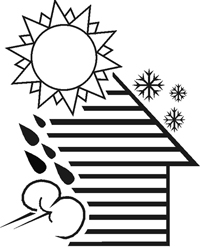
WAP Mission:
To reduce energy costs for low-income families, particularly the elderly, people with disabilities, and children, by improving the energy efficiency of homes while ensuring health and safety.
What Is Weatherization
The Weatherization Assistance Program (WAP) enables low-income families to permanently reduce their energy bills by making their homes more energy efficient. Funds are used to improve the energy performance of dwellings of needy families using the most advanced technologies and testing protocols available in the housing industry. The U.S. Department of Energy (DOE) provides funding to states, U.S. overseas territories, and Indian tribal governments, which manage the day-to-day details of the program. These governments, in turn, fund a network of local community action agencies, nonprofit organizations, and local governments that provide these weatherization services in every state, the District of Columbia, U.S. territories, and among Native American tribes.
The energy conservation resulting from these efforts of state and local agencies helps our country reduce its dependence on foreign oil and decrease the cost of energy for families in need while improving the health and safety of their homes. During the past 33 years, WAP has provided weatherization services to more than 6.4 million low-income households. Families receiving weatherization services see their annual energy bills reduced by an average of about $437, depending on fuel prices. Because the energy improvements that make up weatherization services are long lived, the savings add up over time to substantial benefits for weatherization clients and their communities, and the nation as a whole.
Main Weatherization Measures

Insulation
Home insulation is a major component of weatherizing a home. In our hot and humid climate attic or "roof cavity" insulation is the biggest priority as it concerns insulating. Other forms of insulation including side-wall, floor and duct insulation are still important and are addressed based on the dwelling type and other factors.
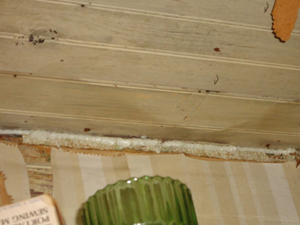
Air Sealing
Consists of sealing cracks, holes, and gaps around doors, windows, plumbing and vent pipes, wiring that penetrate the ceiling and floor, and other areas with high potential for heat loss, using caulk, foam sealant, weather-stripping, door sweeps, electrical receptacle gaskets, and so on to reduce air leakage.
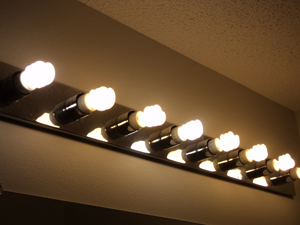
CFL Bulbs
Short for compact fluorescent lamp, they are designed to directly replace
incandescent bulbs and use anywhere from one fifth to one third the electricity of
their incandescent counterpart.
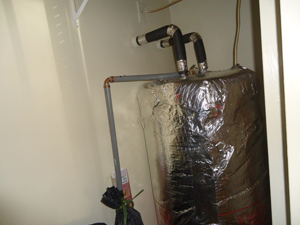
Water Heater Wrap
Wrapping a water heater with a special insulation blanket helps heat loss reducing the amount of additional heating while the water is not in use.
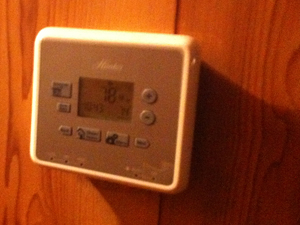
Smart Thermostat
Smart thermostats or programmable thermostats are designed to control your HVAC with a user programed schedule to help reduce the amount of unit run time, by automatically turning the the unit up or down during a desired time period.

Replacing or Cleaning Air Filters
Replacing or cleaning your air filter is very important in the performance and longevity of the unit. When a air filter is dirty and clogged it puts strain on the unit and reduces the efficiency of the unit greatly. Its recommended that you change your filter once a month but you still want to check it periodically check it due to varying home conditions.
Health And Saftey Measures

CO/Smoke Detectors
Carbon Monoxide and smoke detectors are essential for home safety

Ventilation
Including range hood vents,bath fans, and whole home ventilation were applicable to ensure to ensure home is properly ventilated while loosing as little conditioned air as possible
You can also make or cancel an appointment at any time (24/7) using our automated phone system by dialing Toll-free 877-246-7836 and following the instructions.
What You Need to Bring
- Household Income
- Household's Social Security Cards
- Photo I.D.
- Recent Utility Bill
- Proof Of Ownership for Dwealing
- Property Report Card
To apply and receive assistance, customers "must" bring all required documentation and when applicable eligibility is determined by the federal poverty guidelines.
The above information should be obtained for every member of the household.
The information listed above represent minimum requirements for assistance and does not cover all required data. All applicants are encouraged to call for detailed requirements and available appointments.








